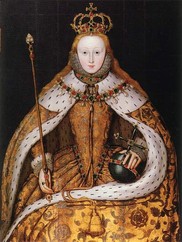
A portrait is never an easy thing for an artist - ego and vanity make it treacherous ground to tread. What must it have been like when the likely consequence of an unflattering likeness was the loss of your head?
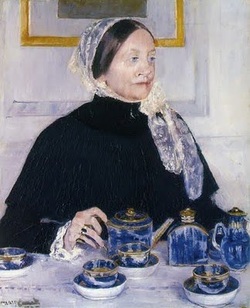
Mrs. Robert Moore Riddle, Cassatt's subject, was of the upper crust but she was American, not noble or of Royal lineage. For an artist to please the picky entitled beings who command armies with a snap of their fingers would have taken diplomacy and tact as well as artistic skill.
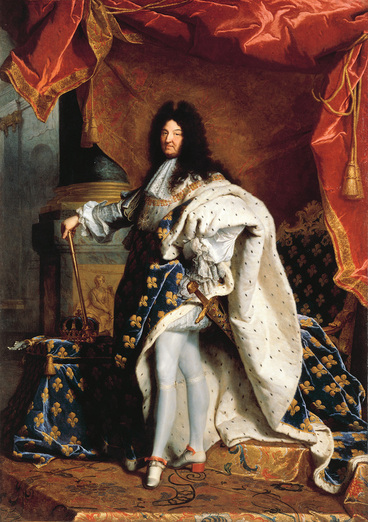
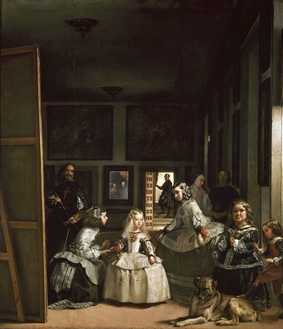
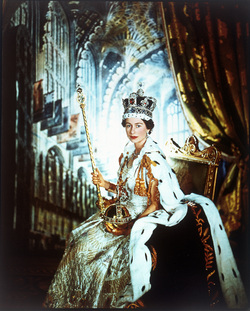
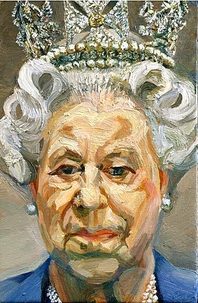
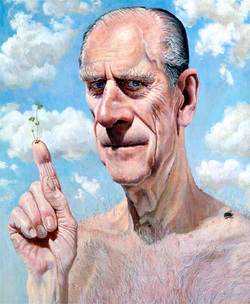

Slide show - the ‘Best and Worst of Royal Portraits’ with snarky comments, from the Guardian
http://www.guardian.co.uk/artanddesign/gallery/2013/jan/11/kate-middleton-best-worst-royal-portraits#/?picture=402244397&index=0
Websites of the Artists
http://paulemsley.com/works/=
http://www.stuartpearsonwright.org/
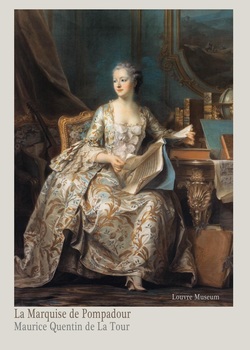
www.postcardarthistory.com/papparazzi-portraits-of-the-rich--famous
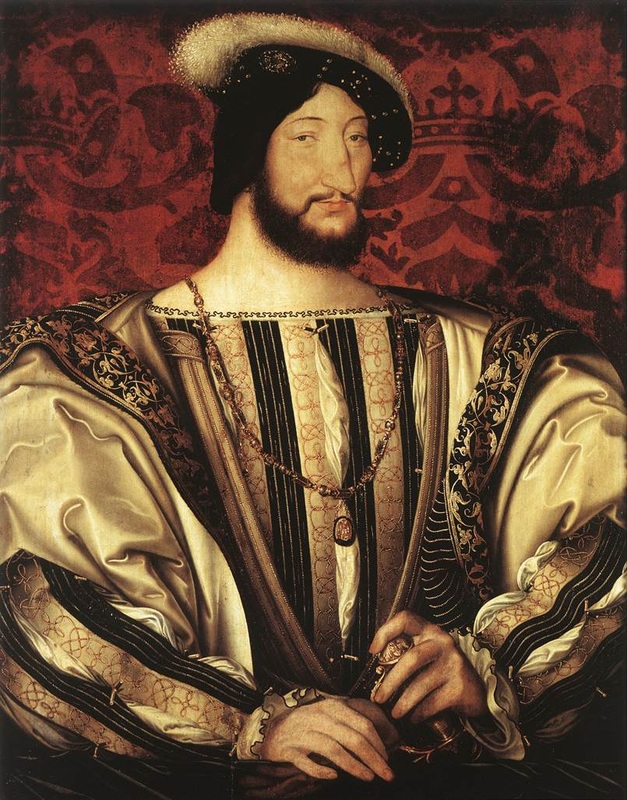

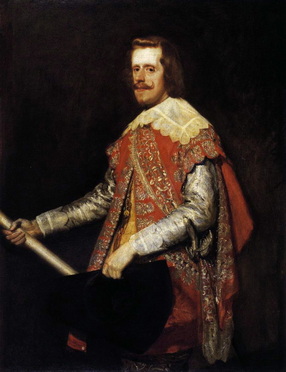

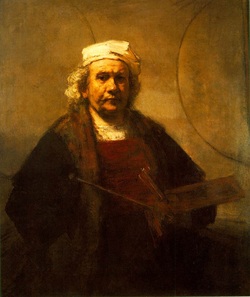
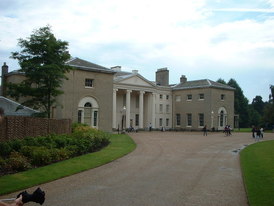
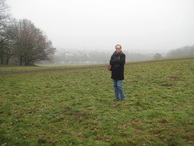
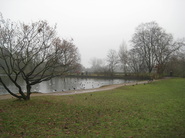
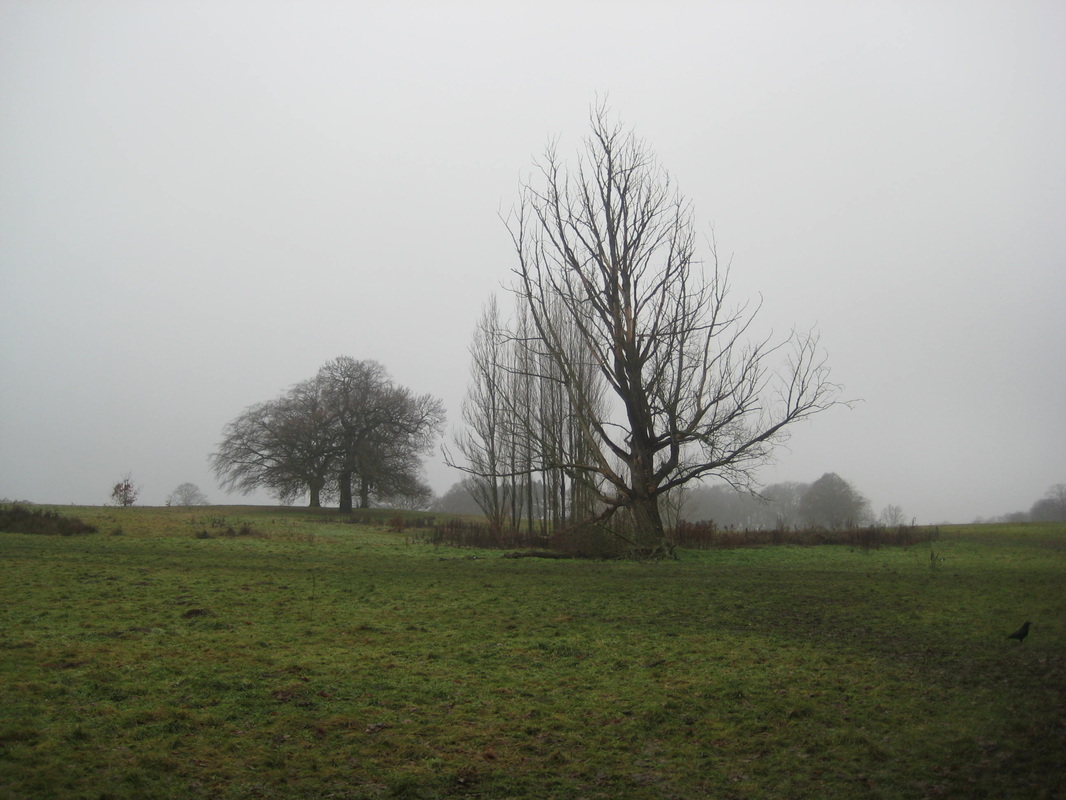
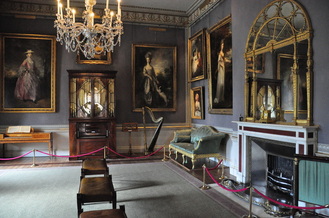
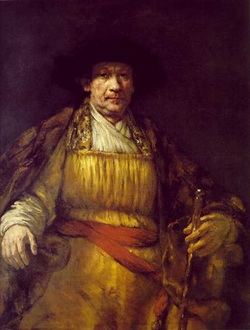
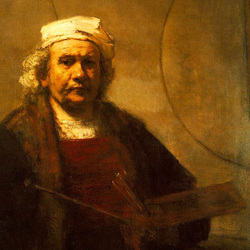
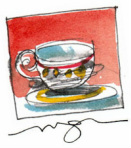

 RSS Feed
RSS Feed